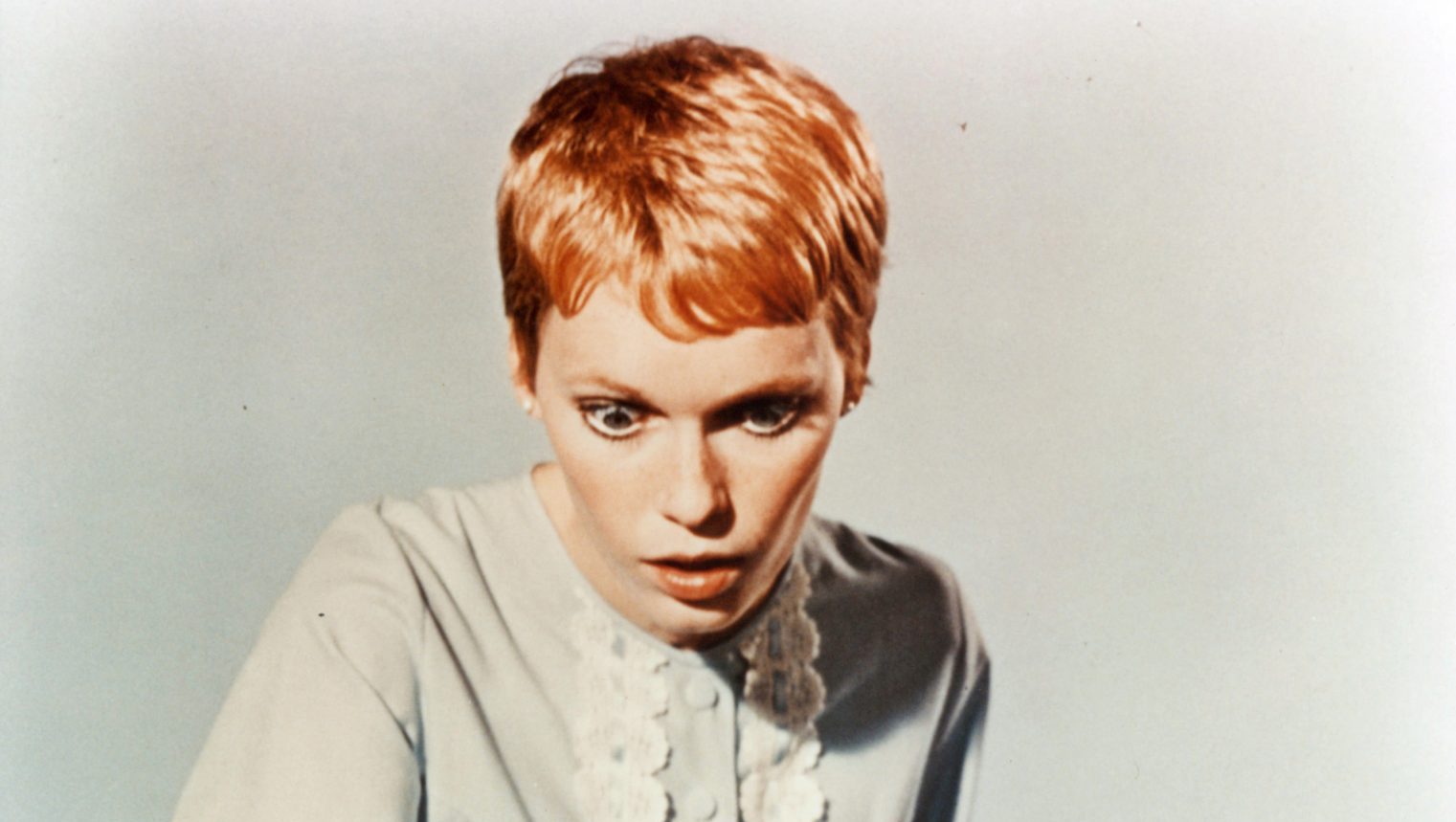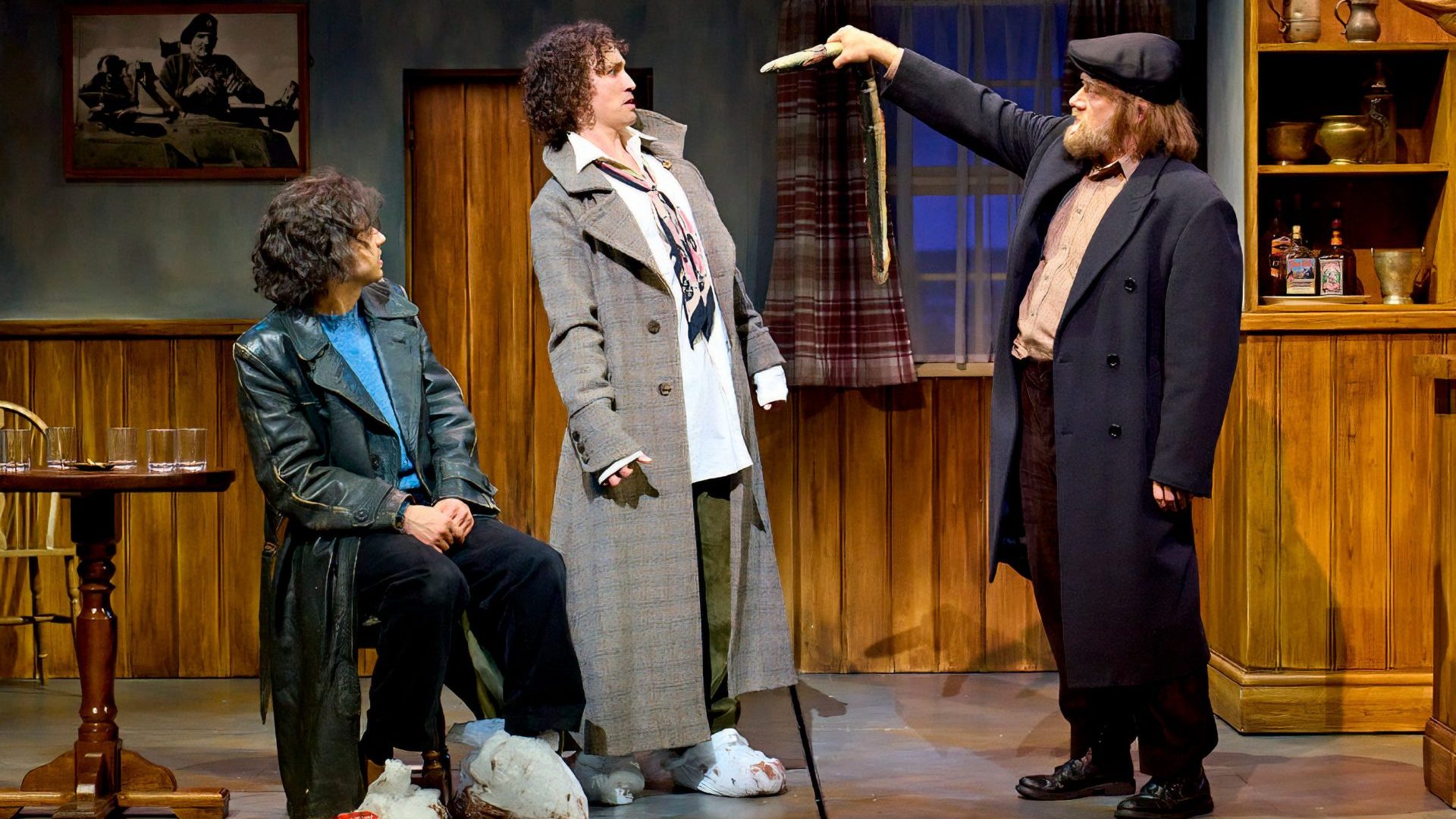There is much talk currently of the turmoil of the summer of 1968, and how it compares with the student protests of today. Even Bernie Sanders was drawn into this recently when he stated that at the upcoming presidential election, Gaza might be Joe Biden’s Vietnam.
This was a particularly silly comparison for Bernie to make because:
a) In 1968, male students were subject to the draft, and many fled the US to seek refuge in Canada and Europe. So, the stakes then were much higher than now.
b) Like me, Bernie was actually there in 1968, and he knows that the police response to student revolts then was completely different to now.
Maybe this is just hindsight, but it seems to me that another difference between 1968 and now if that because of the confluence of media, we now have less of a clear line in which a film director or a writer can catch the “wind” of the times. In 1968, three films caught the times in different ways. And they all starred women.
There was Funny Girl, set in the 1930s. It was the second-to-last film of the great William Wyler, starring Barbra Streisand in her first screen role. There was The Lion In Winter, directed by Anthony Harvey in his film debut. Set in 1183, it starred Katharine Hepburn.
Both were released in the autumn of ’68 and give us two strong women, both fighting against the forces of their own times, precursors in their way to the then nascent feminist movement. Both Hepburn’s ageing queen and Streisand’s ingenue of genius allowed us to see a time in which women had to fight for agency against forces out to stop them.
In different ways, they are great performances and worthy of the Academy’s highest praise.
But the film that captured 1968, that caught its spirit and maybe even its thrust, was Roman Polanski’s Rosemary’s Baby.
It was released in June, before the beginning of the August protests and a few days after the assassination of Robert F Kennedy. His murder, in a hotel pantry after a campaign stop, released another wave of national trauma. Dr Martin Luther King had been assassinated a few weeks before.
Mia Farrow, the victim of her husband’s ambition, a woman literally sold to the devil, was us. In her boyish Twiggy haircut, with her flat shoes and big eyes, she was us attempting to understand the evil in the world.
VINTAGE QUIZ: The answer to last week’s quiz is Don Siegel, who in 1968 was directing Clint Eastwood in Coogan’s Bluff. They re-teamed for Dirty Harry (1971) but decades before that, Siegel was the Warner Brothers montage director who created the montage for Now Voyager and the opening montage for Casablanca (both 1942).
In these three films associated with Siegel, there are lines that caught the imagination, and in many ways are considered immortal:
In Now Voyager, we have Bette Davis’ closing lines: “Oh, Jerry, don’t let’s ask for the moon. We have the stars.” Every young woman working in every parachute factory in the US during the war knew those lines by heart. My late mother loved Bette Davis and she and her girlfriends quoted her all day long.
Dirty Harry has his question for all transgressors, as he levels his Smith and Wesson 44 Magnum to their faces: “You’ve gotta ask yourself one question: ‘Do I feel lucky?’ Well, do ya, punk?” Even little kids were saying that to each other.
And then there’s Casablanca with: “It doesn’t take much to see that the problems of three little people don’t amount to a hill of beans in this crazy world.” This, by the way, became a catchphrase for many of the students and young people in the protests of ’68 and beyond. We helped revive Bogart and make him a legend all over again.
And let’s stay in 1968 for this week’s quiz question. Katharine Hepburn and Barbra Streisand won joint best actress Oscars for the films they made that year. But what do Funny Girl and The Lion In Winter have in common in relation to a film of 1962?




